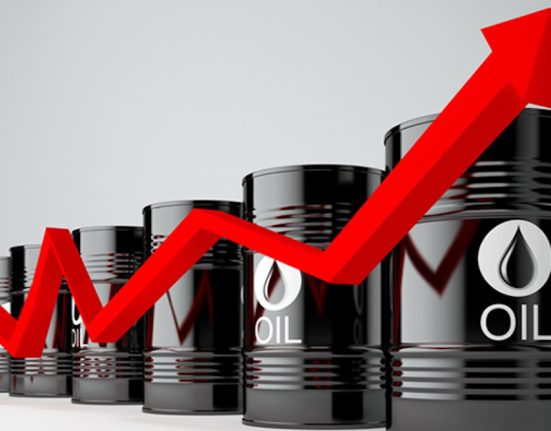Oil prices, which had averaged above $100 per barrel in 2022, were significantly lower in 2023 and averaged just above $80 a barrel—despite another war breaking out in the world.
The Hamas-Israel conflict, which began in early October, lifted oil prices, but only briefly. In less than a month, prices had given up all the gains from the new geopolitical risk in the most important oil-producing and oil cargo transit region in the world.
Brent Crude, the international benchmark, reached its highest price for 2023 at the end of September – at $98 per barrel, a week before the Hamas-Israel war began. Brent did not hit those levels again last year, despite the increased concerns about shipping in the Red Sea and the Bab el-Mandeb Strait due to intensified attacks from the Iran-aligned Houthi rebels from Yemen.
Oil prices failed to jump on the OPEC+ oil production cuts, too. Except for a brief rally at the end of September – which coincided with data about U.S. inventories falling to their lowest level since December 2022 – the market was largely expecting the cuts to continue, and the reductions were baked in the price of oil.
So, last year, Brent Crude oil prices averaged $83 per barrel, compared to an average price of $101 a barrel in 2022—a difference of $19 per barrel after rounding, according to estimates by the U.S. Energy Information Administration.
The markets have adjusted to the EU and G7 embargo on Russian oil imports faster than initially expected, and Moscow diverted its crude cargoes to destinations in Asia, mostly China and India.
“Global markets adjusted to new trade dynamics, with crude oil from Russia finding destinations outside the EU, and global crude oil demand fell short of expectations. Those dynamics offset the impacts from OPEC+ crude oil supply curbs,” the EIA said in an analysis this week.
Concerns about economic and oil demand growth and the higher-than-expected supply from non-OPEC+ producers were the two major bearish drivers of oil prices last year.
With its latest announced cuts for the first quarter of 2024, the OPEC+ alliance tries to keep tight control over the global oil supply. But the group faces record-breaking U.S. oil production and rising supply from other non-OPEC+ producers, including Brazil, Guyana, Canada, and Norway. Brazil has been invited to be part of OPEC+ starting in January 2024, but it has already said that it would not take part in any production cuts.
OPEC+ is looking to keep a floor under oil prices (at the expense of its market share), but it may not succeed in propping up prices too much. This is especially true if the group fails to extend the cuts beyond March 2024, analysts say.
The rising non-OPEC+ oil supply is offsetting the effect of some of the OPEC+ cuts and the geopolitical risk that has increased in the new year after Iran sent a warship to the Red Sea.
“While the geopolitical situation is a concern for the oil market, a fairly comfortable oil balance over the first half of 2024 does help to ease some of these worries,” ING strategists Warren Patterson and Ewa Manthey wrote in a note on Wednesday.
This year, oil prices are not expected to rise too much from current levels, barring a major escalation of tensions in the Red Sea and around the other oil transit chokepoint in the Middle East, the Strait of Hormuz.
Expected weak global economic growth would slow oil demand growth in 2024, keeping the average U.S. benchmark oil price below $80 per barrel, according to the monthly Reuters poll in which analysts revised down their forecasts for 2024 from the previous month’s projections.
WTI Crude is expected to average $78.84 per barrel in 2024, the Reuters poll of 34 analysts and economists showed last week, down from $80.50 a barrel expected in November. Brent Crude prices are now expected to average $82.56 per barrel this year, down from the $84.43 consensus forecast in the November poll.
In the December survey, only one of 34 contributors said they expected the average Brent prices to be above $90 per barrel in 2024.
This article was first published on OilPrice.com






